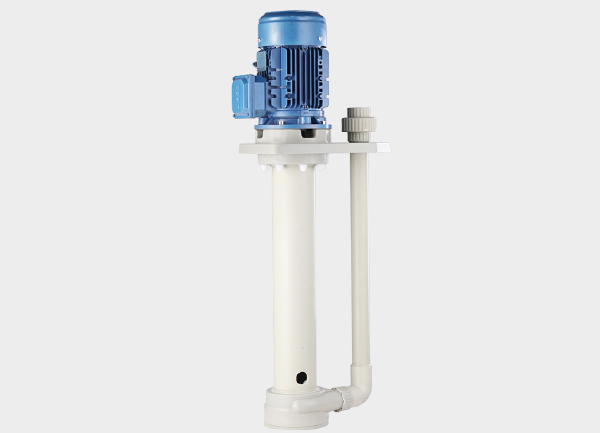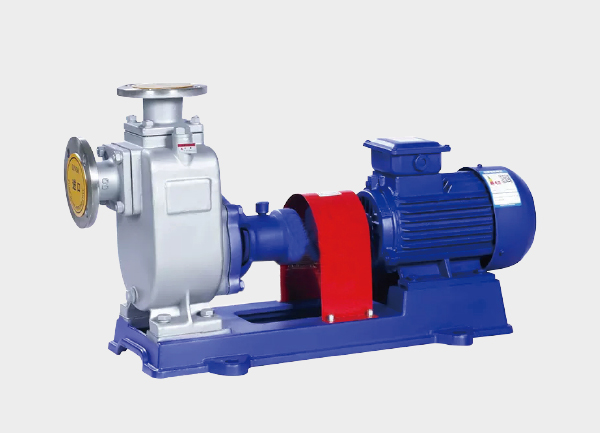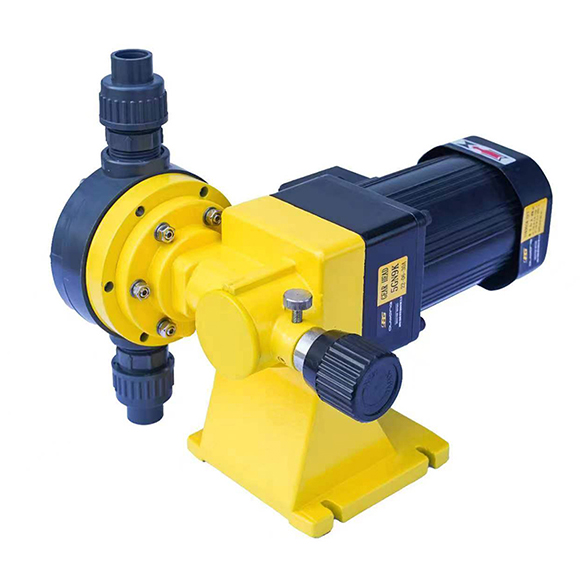The mechanical seal is the core component that prevents leakage in a vertical pump. It relies on precise contact between the rotary (dynamic) ring and stationary (static) ring to block high-pressure liquid inside the pump from leaking out.

When the seal leaks (a normal allowance is ≤5 drops/min; anything beyond that indicates failure), it can lead to fluid loss, environmental contamination, and even mechanical failure due to dry friction, bearing overheating, or shaft corrosion.
To fix mechanical seal leakage effectively, follow a structured process:
Fault Diagnosis → Disassembly & Inspection → Repair or Replacement → Installation & Testing
1. Fault Diagnosis: Identify the Root Cause of Leakage
Mechanical seal leakage is typically caused by seal face wear, secondary seal damage, installation errors, or abnormal operating conditions.
By observing leakage patterns and performing quick checks, you can locate the root cause.
| Leakage Pattern | Possible Cause | Verification Method |
|---|---|---|
| Continuous dripping at the seal face with friction noise | Worn or scratched seal faces, or debris trapped in the seal | After shutdown, inspect for scratches or pitting on seal faces |
| Leakage between static ring & pump cover, or between dynamic ring & shaft | Aged or deformed O-rings / bellows | Check for hardening, cracks, or deformation after disassembly |
| Heavy leakage at startup that decreases after shutdown | Loose seal contact or weak spring pressure | Check for spring breakage or insufficient compression |
| Leakage with particulate fluid, rapid seal wear | Excessive solid impurities or failed filter | Inspect inlet strainer and medium cleanliness |
2. Pre-Repair Preparation: Tools & Spare Parts Checklist
Required Tools
Disassembly Tools: Adjustable wrench, hex key, puller (for rotary seat removal), flat screwdriver (for static ring removal)
Measuring Tools: Micrometer (flatness), depth gauge (installation depth), dial indicator (shaft runout)
Cleaning Tools: Kerosene, lint-free cloth, compressed air gun
Auxiliary Tools: High-temp grease (for O-rings), torque wrench (for uniform bolt tightening)
Spare Parts
Main Components: Matching rotary ring and stationary ring (select material per fluid: SiC for corrosion resistance, alumina for wear resistance)
Secondary Seals: O-rings (NBR for oil resistance, FKM/Viton for acid & alkali), springs, bellows
Miscellaneous: Gland bolts, gaskets (replace if damaged during disassembly)
3. Step-by-Step Repair Procedure
Step 1: Shutdown & Pressure Release (Safety First)
Cut off pump power and ensure the motor stops completely.
Close suction and discharge valves.
Open the air vent and drain valves to release internal pressure and residual fluid, then close them once drained.
Step 2: Disassemble the Mechanical Seal
(1) External Parts
Remove bearing cover and coupling (if seal is behind the bearing).
Unscrew the gland bolts using a hex key and gently remove the seal gland.
Carefully pry out the static ring from the pump cover with a flat screwdriver; clean in kerosene.
(2) Internal Parts
Use a puller to extract the rotary ring seat from the shaft slowly (it’s usually interference-fitted).
Remove the O-ring (or bellows) and spring; note orientation and quantity.
Clean all parts (rotary ring, seat, spring) with kerosene, then dry using compressed air.
Step 3: Inspection & Assessment — Repair or Replace
(1) Seal Face Inspection
Clean seal faces with kerosene and lint-free cloth, then inspect visually:
Minor scratches (≤0.05 mm): Polish using 800–1200 grit lapping paste on a glass plate, rotate evenly (~30 rpm) with uniform pressure. Rinse every 5 minutes until smooth, mirror finish is restored.
Deep grooves (>0.1 mm) or cracks: Replace the seal faces (preferably replace both rings as a set).
(2) Secondary Seals (O-Rings, Bellows, Springs)
Replace if hardened, cracked, or deformed.
Replace bellows if wrinkled, ruptured, or lost elasticity.
Replace springs if broken, corroded, or with compression loss >10% of design.
(3) Pump Shaft & Seal Chamber
Measure shaft diameter; if wear >0.02 mm or signs of corrosion exist, repair (e.g., chrome plating) or replace.
Inspect the seal chamber: remove burrs or scratches with ≥400-grit sandpaper to ensure smooth contact for the static ring.
Step 4: Reinstallation of Mechanical Seal
(1) Install Rotary Ring Assembly
Apply a thin film of high-temp grease to the shaft sealing area.
Fit the new O-ring on the rotary ring, then insert it into the rotary seat (seal face facing the stationary ring).
Place the spring into its groove, ensuring tight alignment.
Use the puller to press the rotary seat onto the shaft to the specified depth (as recorded during disassembly).
(2) Install Stationary Ring Assembly
Fit a new O-ring to the stationary ring and apply grease.
Gently press the ring into the pump cover’s seal chamber, ensuring proper orientation and concentric alignment.
Install the seal gland and hand-tighten bolts lightly to allow for later adjustment.
(3) Adjust Seal Face Alignment
Rotate the shaft manually to feel seal face resistance:
Too tight → loosen gland bolts slightly.
Too loose → tighten gradually.
Check radial runout with a dial indicator; ensure ≤0.03 mm.
Once aligned, tighten gland bolts diagonally and evenly using a torque wrench (typically 15–25 N·m).
Step 5: Testing & Validation
(1) No-Load Test
Fill the pump with clean water and vent all air.
Run the pump idle for 5–10 minutes to observe leakage.
Measure seal temperature (should stay ≤60°C).
(2) Load Test
Open suction valve slowly, then discharge valve until operating pressure reaches design level.
Run for 30–60 minutes while observing:
Leakage ≤5 drops/min = acceptable.
Excess leakage → recheck seal alignment and O-ring integrity.
Record operating parameters: seal temperature, leakage rate, and motor current.
4. Long-Term Maintenance Tips
Medium Filtration: Install a fine filter (≤0.05 mm) at pump inlet; clean regularly to prevent solids from reaching seal faces.
Seal Flushing: For high-temperature (>80°C) or crystallizing fluids, use an external flush line with cool, clean fluid to cool and clean the seal faces.
Routine Inspection:
Monthly: check for external leakage.
Every 6 months: disassemble and inspect seal faces; replace aged O-rings.
Proper Start/Stop Procedure:
Before startup: ensure pump casing is fully primed (avoid dry running).
Before shutdown: close discharge valve first, then suction valve to reduce seal shock.







